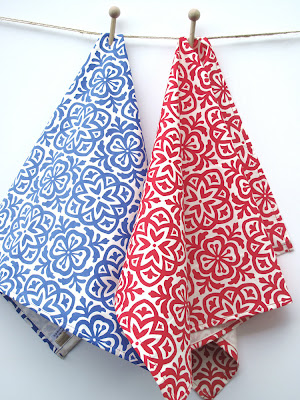The examples left were taken from the internet and from photos captured on location in Marrakesh, Morocco. You can see that many of the examples use bold geometric shapes to create a very simplified motif.
Sometimes you can still make out that the primary source was nature. These more figurative representations have been simplified, but not to the point of abstraction. The photographs of the ceiling carvings near the bottom are a clear example of this. Compare those decorative ceiling pieces with the center image in the top row. This example has been simplified to the point that is now just a collection of coloured shapes.
The examples shown are applied to a variety of everyday objects from walls, doors, windows and ceilings to all kinds of fabrics such as rugs, curtains, cushions, clothes and bags. Each design is also executed in a variety of mediums and techniques. These techniques include painted or coloured mosaic tiles, different types of wood or stone carving and prints.

To put the above into a more contemporary context, have a look at Helen Rawlinson on Etsy
She has used a simple flower motif to create a multitude of very decorative outcomes. The design you see to the left is clearly taken from nature. There are two motifs, which when repeated create a simple repeat pattern. This is then applied to whatever outcome she wants, such as the tea towel below.
For a more detailed analysis have a look at the Metropolitan Museum of Art's article on natural patterns in Islamic Art and the same institutions article on geometric patterning in Islamic Art
Also check out the handmade art on Etsy and the more graphical work on Behance
Think about how the art has been produced or what technical process has taken place. What is the work about, what is the content? Also how is the work placed on the page, what formal elements are used?











No comments:
Post a Comment